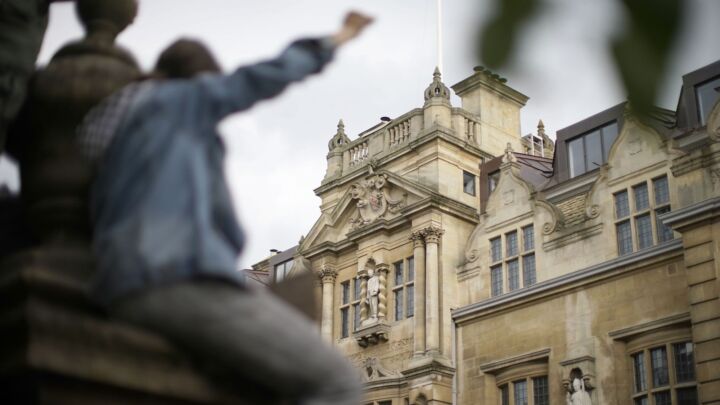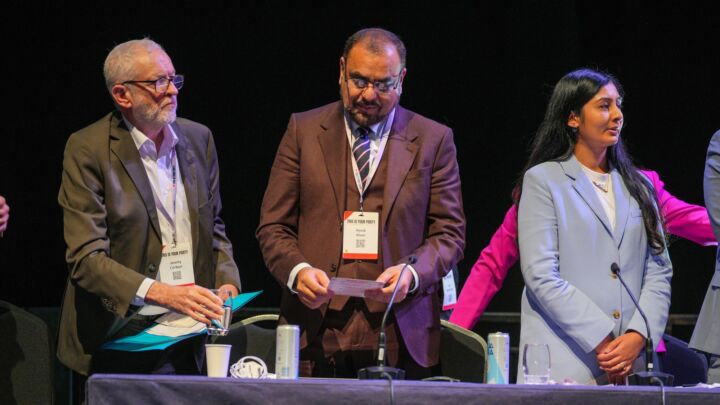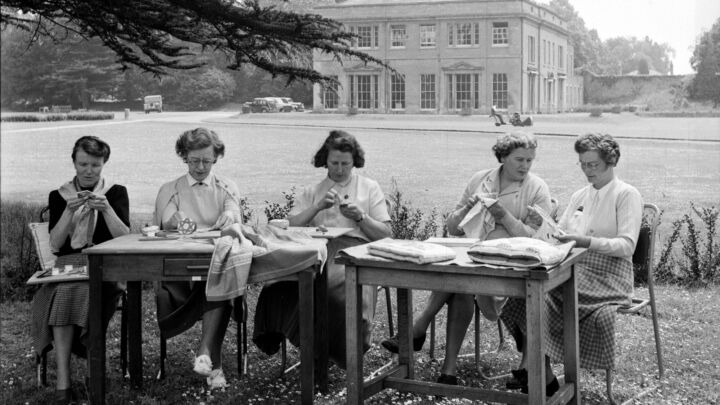London is not a museum

Want unlimited, ad-free access? Become a spiked supporter.
The development of London’s skyline is never far from controversy. From 20 Fenchurch Street melting cars, to the Leadenhall building shedding huge bolts off its structure, new skyscrapers always cause problems and displease some. None so much as the planned development of the South Bank skyline, which has provoked criticism from the world’s premier arbitrator of places of ‘outstanding universal value’, UNESCO, English Heritage and, er, Betty Boothroyd.
The planned redevelopment of Elizabeth House in Waterloo consists of two new buildings, one 11 stories high and the other 29 stories high. These buildings will contain office space, flats and a commercial centre. The developments were accused of potentially damaging the world heritage status of Westminster by obscuring the view of the Houses of Parliament. Opponents even launched a legal challenge in 2013, which a High Court judge eventually threw out.
Aside from the immediate tangible benefits of providing 88,648 square metres of office space and 142 new homes in a city desperate for living space, the redevelopment would bring renewed focus to the area and open up the possibility of more development in the future. With the population of London expected to grow significantly by 2050, building into the sky is necessary in the here and now.
The criticism that the Elizabeth House redevelopment will ruin London’s skyline is, of course, a matter of opinion – one which, in and of itself, cannot be debunked. All planned development, no matter where it takes place, splits opinion. Each project will benefit some at the expense of others. These are the trade-offs inherent in the process and politics involved in building new structures. Yet the critics of the upcoming project appear to reject redeveloping the South Bank entirely, arguing that any plan would be misguided and would destroy the character of London’s architecture.
The critics might do well to consider that the much-loved Battersea Power Station was accused of harming the ‘noble buildings of London’ when it was built in 1927. Today, it is considered one of London’s landmarks and an important part of its skyline, as evidenced by the crowds swarming the site when it was recently opened to the public.
London is more than a museum, it is a living city. Ancient and iconic buildings like the Palace of Westminster standing side-by-side with new developments reflects the city’s importance in history and its enduring relevance to the present. The emerging skyline is something to be welcomed. London blends the past and the present beautifully and these new structures may one day be seen as heritage sites in their own right. But to become history, we must make history first. We must build with the future in mind and not let the romantic attachment to the status quo hold us back.
Rob Harries is a writer and researcher based in London.
Picture by: Elizabeth House Waterloo
You’ve read 3 free articles this month.
Support spiked and get unlimited access.
Help us hit our 1% target
spiked is funded by readers like you. It’s your generosity that keeps us fearless and independent.
Only 0.1% of our regular readers currently support spiked. If just 1% gave, we could grow our team – and step up the fight for free speech and democracy right when it matters most.
Join today from £5/month (£50/year) and get unlimited, ad-free access, bonus content, exclusive events and more – all while helping to keep spiked saying the unsayable.
Monthly support makes the biggest difference. Thank you.








Comments
Want to join the conversation?
Only spiked supporters and patrons, who donate regularly to us, can comment on our articles.